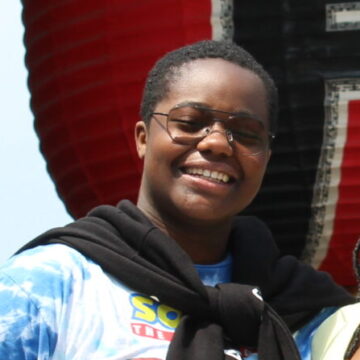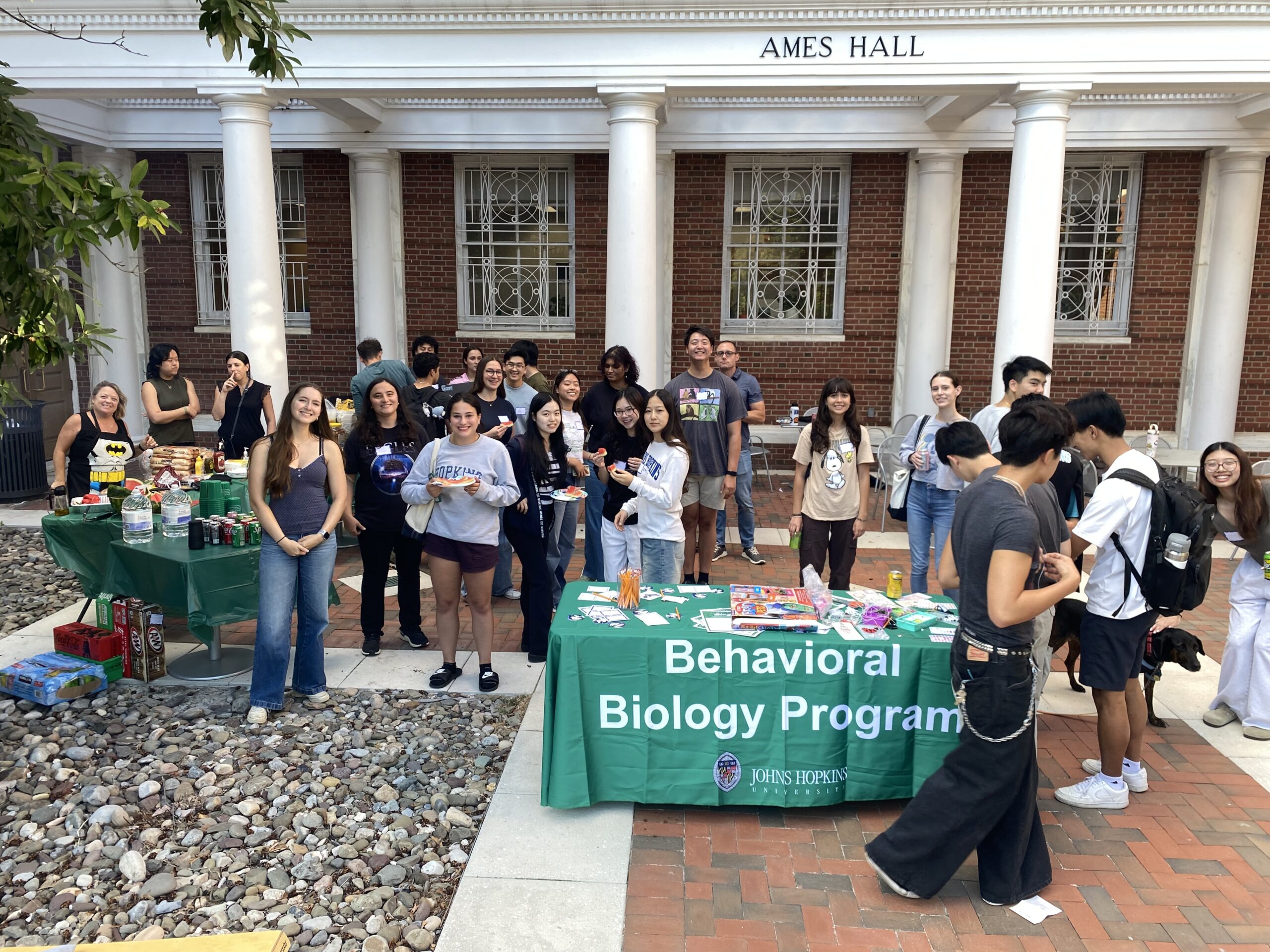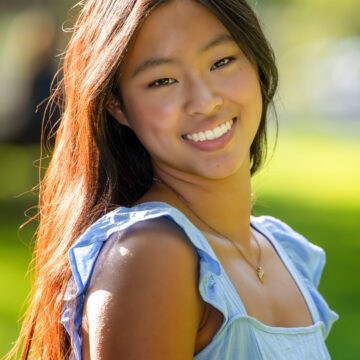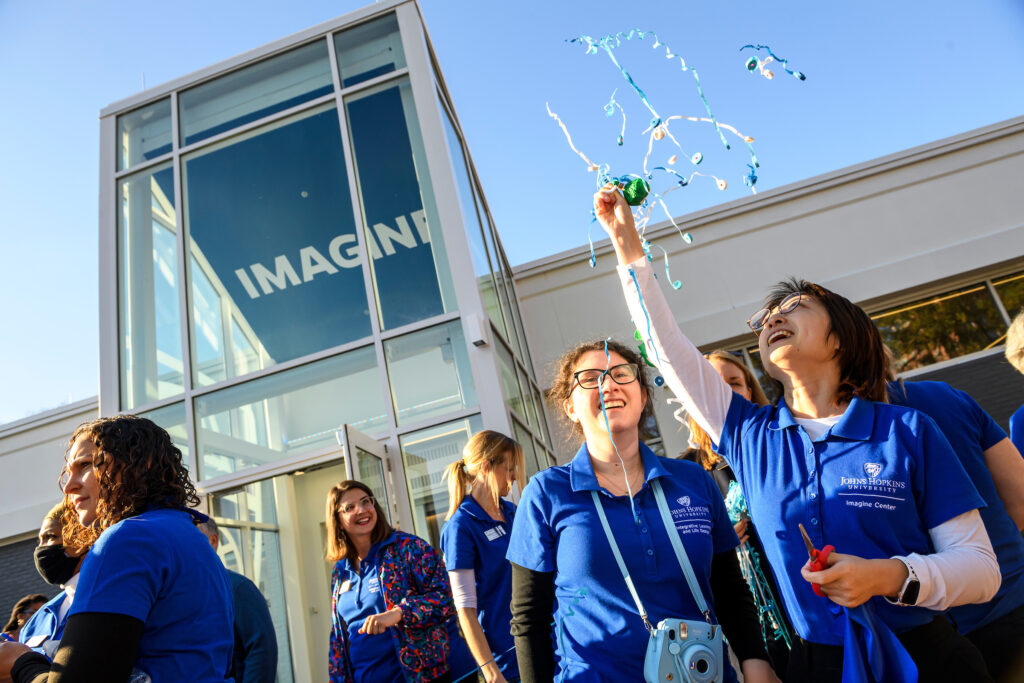
Hopkins Insider met with Clifton E. Shambry Jr., Associate Director of Life Design for Diversity & Inclusion, to discuss how the program helps students create new possibilities for their futures.
This transcript has been edited for clarity and brevity.

What is Life Design Lab?
Life Design is an opportunity where students can get direct attention on what it means to have a well-lived and joyful life. Our goal is to help students explore their curiosities and reflect on who they are and what they get lost in doing and explore the possibilities of those passions.
The “Lab” refers to the hub of folks who are guiding students in the process of designing their lives. My role specifically is to make sure we are centering equity. We care about all people with a variety of backgrounds, and work with those experiences as assets rather than deficits. We make sure our students love what they’re doing so they can be their best selves in whatever they’re exploring.
What makes Hopkins’ Life Design approach different from traditional career services?
We’re lucky we have a lot of great experts and the people here really, really value the work. Our Vice Provost, in his own work, is informing the literature in what career services will be in the future.
While we offer many career components like resume building, networking tips and tricks, and finding internships and job experiences, it’s the how we do it that makes it different. We connect with the individual first. I like to learn what you are jazzed about and what things you do where you lose track of time. How can we combine opportunities to thrive and make our world a better place? We help students to explore the possibilities rather than, “We got your resume together, good luck.”
What does Life Design look like in practice? Is it required?
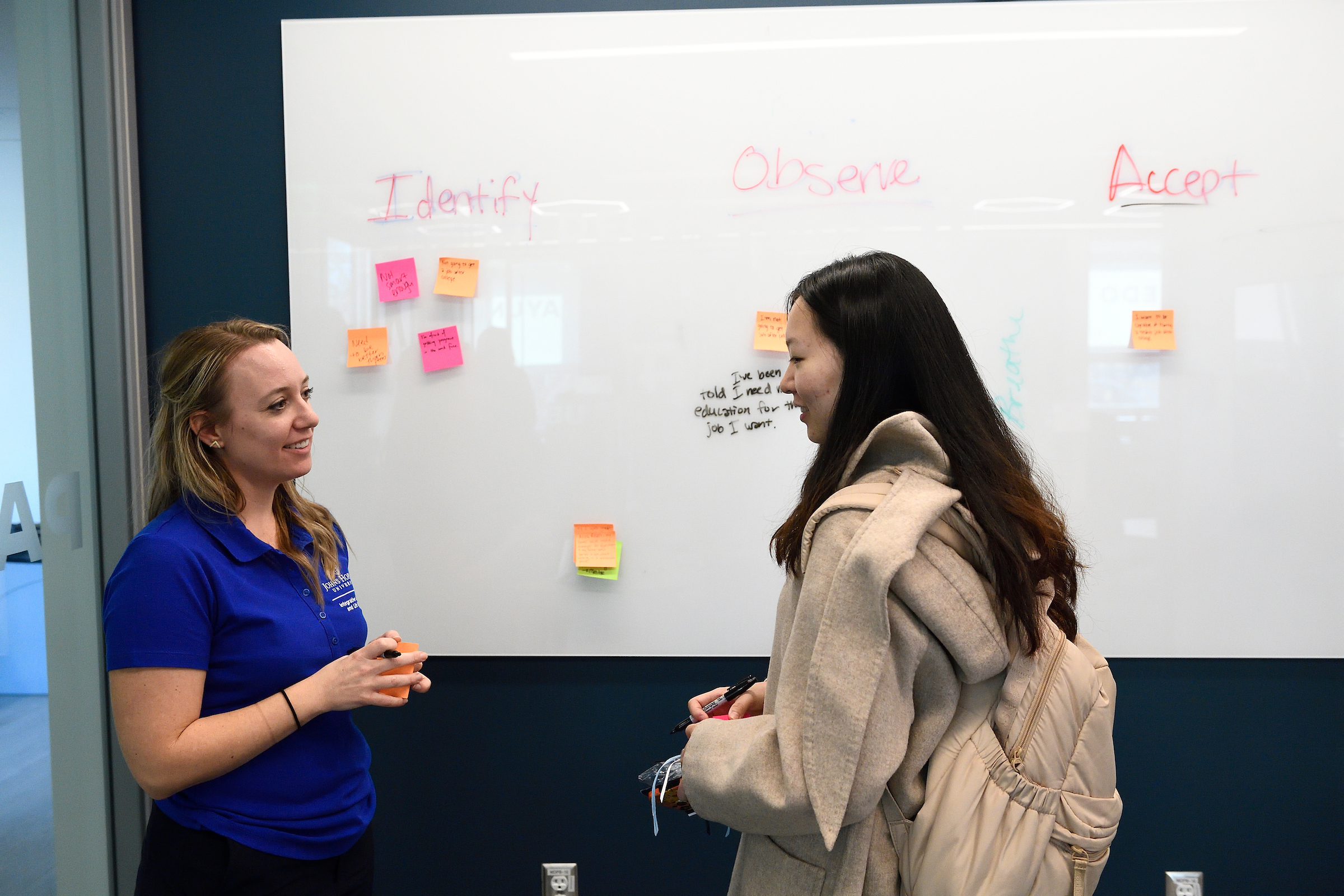
It’s not a requirement but heavily welcomed. We welcome every student to engage with these awesome people whose main goal is to see you thrive in whatever you do. You can drop in at the Imagine Center or meet virtually. We welcome in-person because of the opportunity to connect with other people in the Imagine Center. Sometimes we see students once a year, sometimes multiple times a semester.
Our goal is to be holistic in our approach and give you options so you can decide for yourself what the answer might be. This can be through individual drop-in conversations or group discussions. We have large programmatic experiences like workshops. We have an “Embrace Your Story” pathway on our online database which houses an opportunity to connect and do flash mentoring with alumni. That platform is OneHop. I really, really love it. It’s where thousands of alumni are waiting to connect with students and give advice about a journey or even answer questions about your curiosities.
We also have Future Fest, which is what we call our multiple-day career fair. This year it was spread over three weeks and students could engage with employers and alumni about their hopes and dreams for the future.
At the core, students often might:
1) Speak to an educator during drop-in office hours to discuss their curiosities
2) Explore another online database called Handshake for events, fairs, and workshops
3) Dig deep and ask some reflective questions
4) Try something out
5) Repeat
How are Life Design Educators different from Academic Advisors or Success Coaches?
In thinking about Academic Advisors and Success Coaches, their roles heavily focus on academic experiences. Success Coaches tend to take a holistic approach in the sense of how do we make sure a student’s academic journey is in line with what they hope for in success. Or, when there are difficult times, they help students work through those difficult times to succeed.
Our Life Design Educators complement that work and also try to figure out: Based on all of your experiences at the institution—your academic experiences, campus engagement—how are you exploring possibilities and how do we add all of those experiences into your thoughts about your future?
One of our core principles is to have a bias towards action, to figure out what works and what doesn’t, and then continue on. I think that’s helpful for our partnerships with Academic Advisors and Success Coaches because we can hear what students have gotten from those colleagues and then help them find more ways to act on them or how their advice aligns with other ideas. Our goal is to spark inspiration that helps you thrive as you work with us and other colleagues on campus. It’s all about finding the best resource for you for the curiosity you are exploring.
Tell us about the Imagine Center. What is it used for? What are some highlights?
I hope that people can imagine a space where you feel it’s open to collaboration. Open to welcoming who we are as people and adaptable to whatever your interests might be. I say those few phrases to help you think more broadly about whatever you hope the space to be rather than giving you an idea of what it is. The space can be whatever we want it to be.
We have the phrase, “You are here” in many different languages on the wall with the idea that if you feel that connection of “You are here,” you can now take action.
Collaboration is welcomed in every sense from movable furniture to the names of rooms. It’s easier to think about what adventure could be and how you can take risks in spaces called the Free Dive Room or the Great Barrier Reef.
We also have a café area where students can lounge and have their free coffee, tea, or hot chocolate. We might have some alumni and community members around the area as well—staff from other integrative learning areas like HOUR or Global Education Office are there to connect, as no one in the building has offices.


How do students benefit from Life Design?
Students can explore who they are, their interests and curiosities, and can figure out ways to act on them. I had a conversation with a second-year student the other day, and they were interested in exploring internships but didn’t know exactly what in. They’re a public health major and had an interest in hip hop and rap. I learned that because I asked specific questions like, “What do you get lost in? What do you lose track of time doing?” We ask types of questions that are not, “What do you want to be when you grow up?” That is not a question we ask because that it can be challenging for many.
Part of our structure is we are purposefully embedded in academic departments as well as co-curricular spaces to make sure we’re thinking about Life Design from an interdisciplinary approach. My role is working with our diverse students and seeing their identities as assets in their life journeys. As they engage with us, or many of the other departments we work with, our goal is to continue to deepen those experiences so once they leave Hopkins they can explore it at a different level.
A student will oftentimes come in and not know what to expect. I know my job is done if they leave inspired and with solutions to their questions. I don’t like to give a direct answer, unless there is only one answer like do we have summer grants? That way we can have a relationship that isn’t transactional but transformational and inspirational.
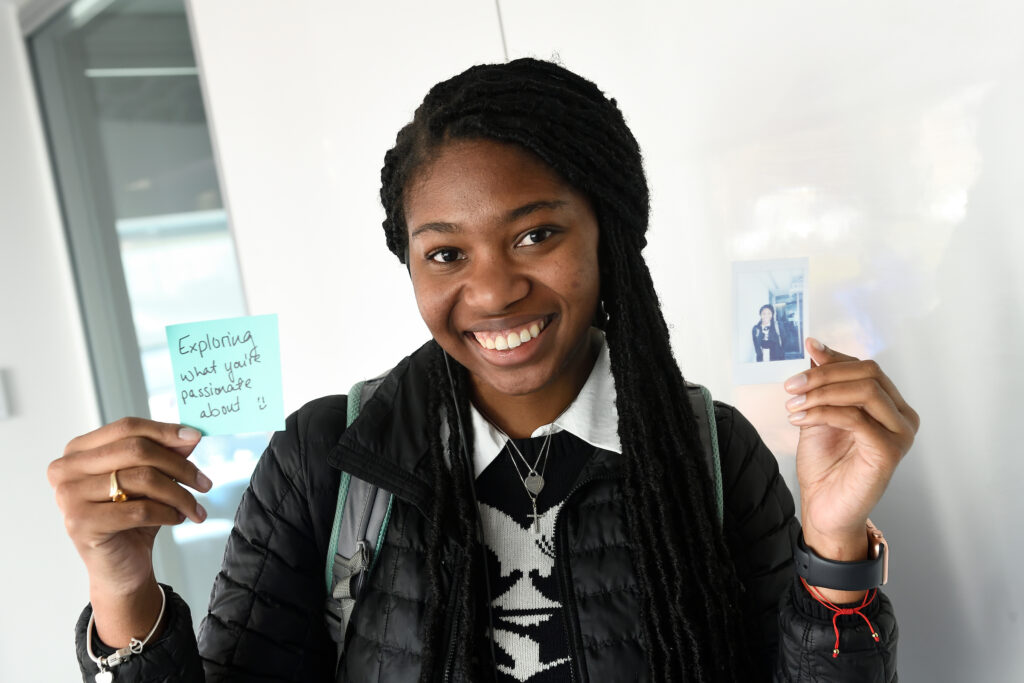
Do you have any advice for prospective students?
Live your life the best way you can. Do things you’ve never done before because, as you fail, you have an opportunity to thrive and fail forward. College is the perfect time to try things out. It’s the best place to do it because you have support systems everywhere.



